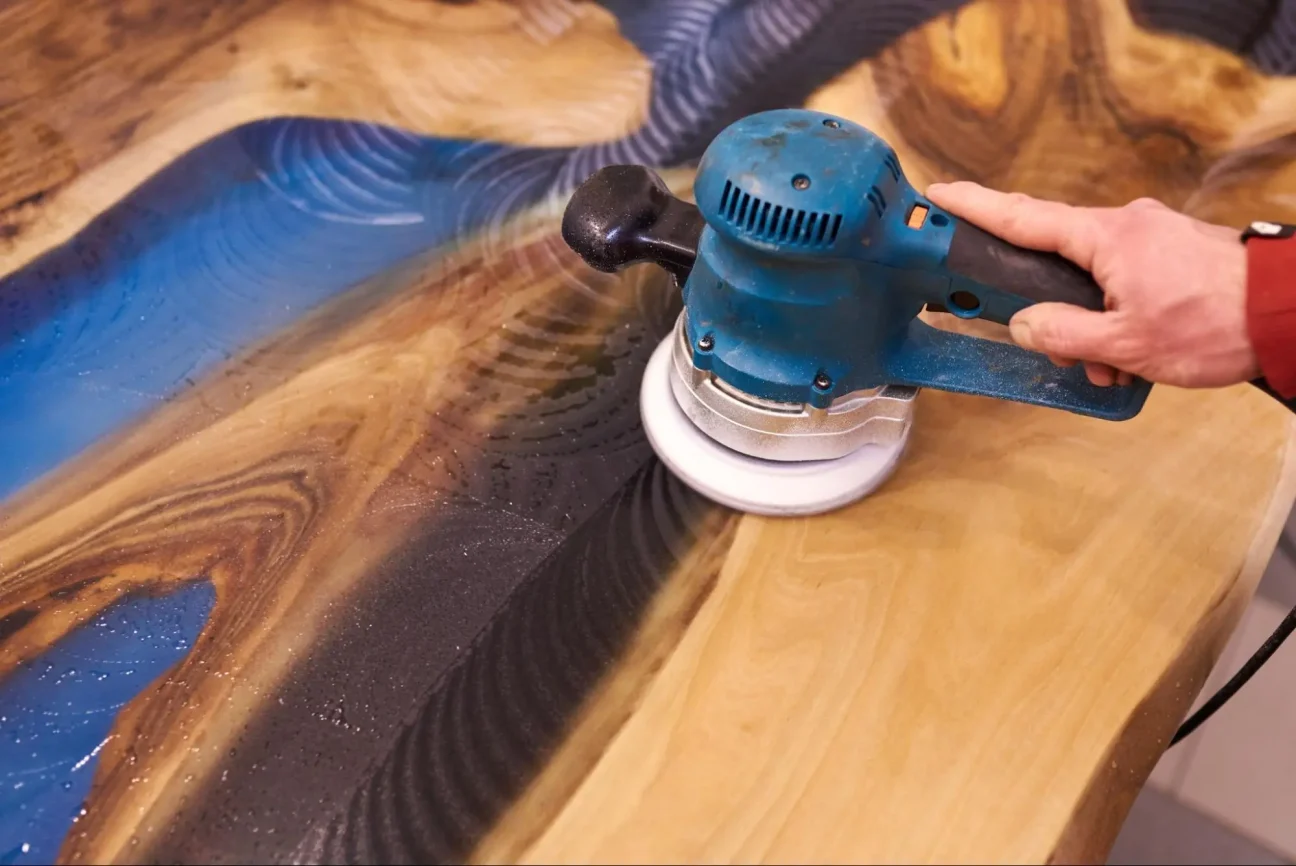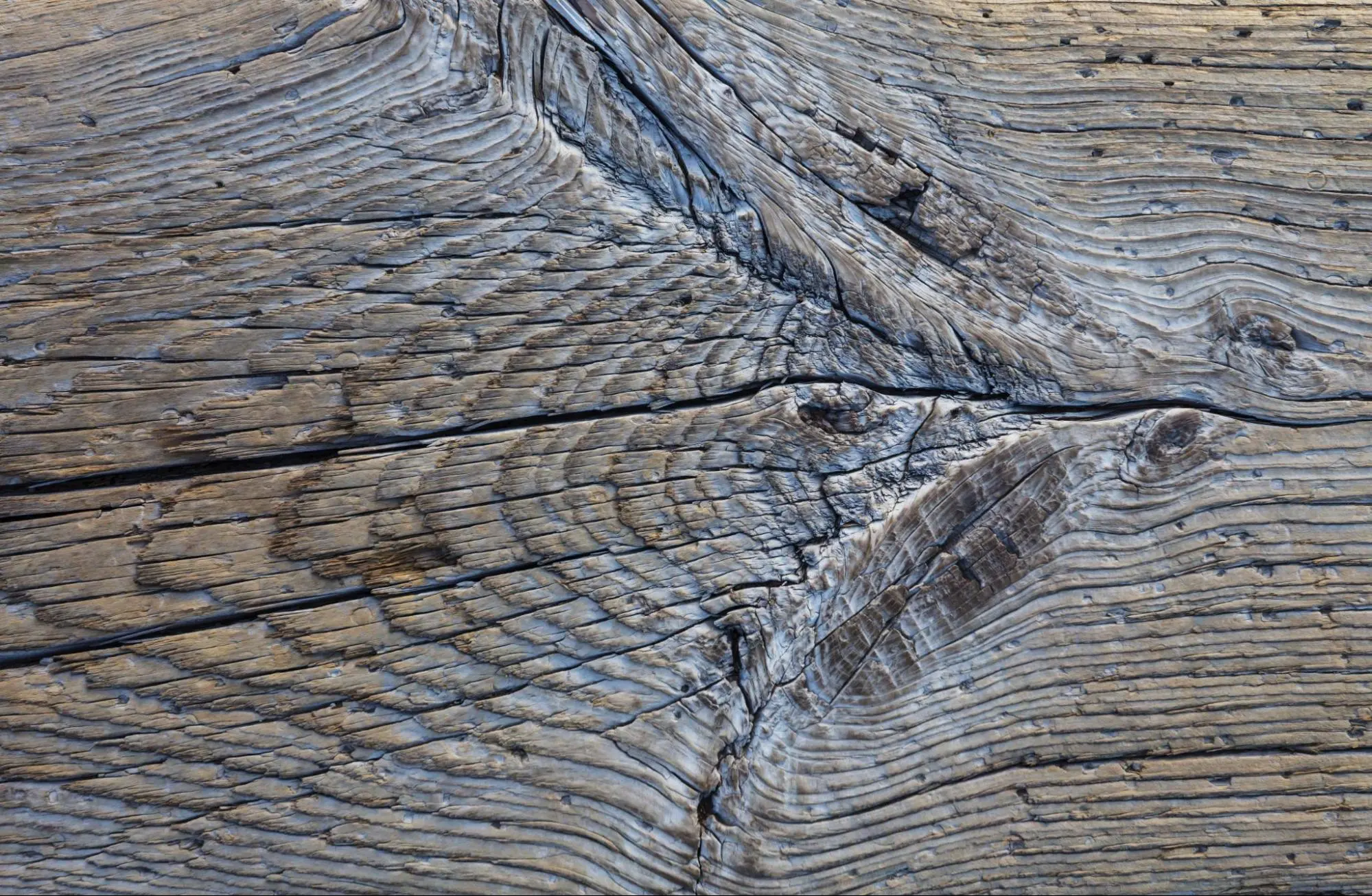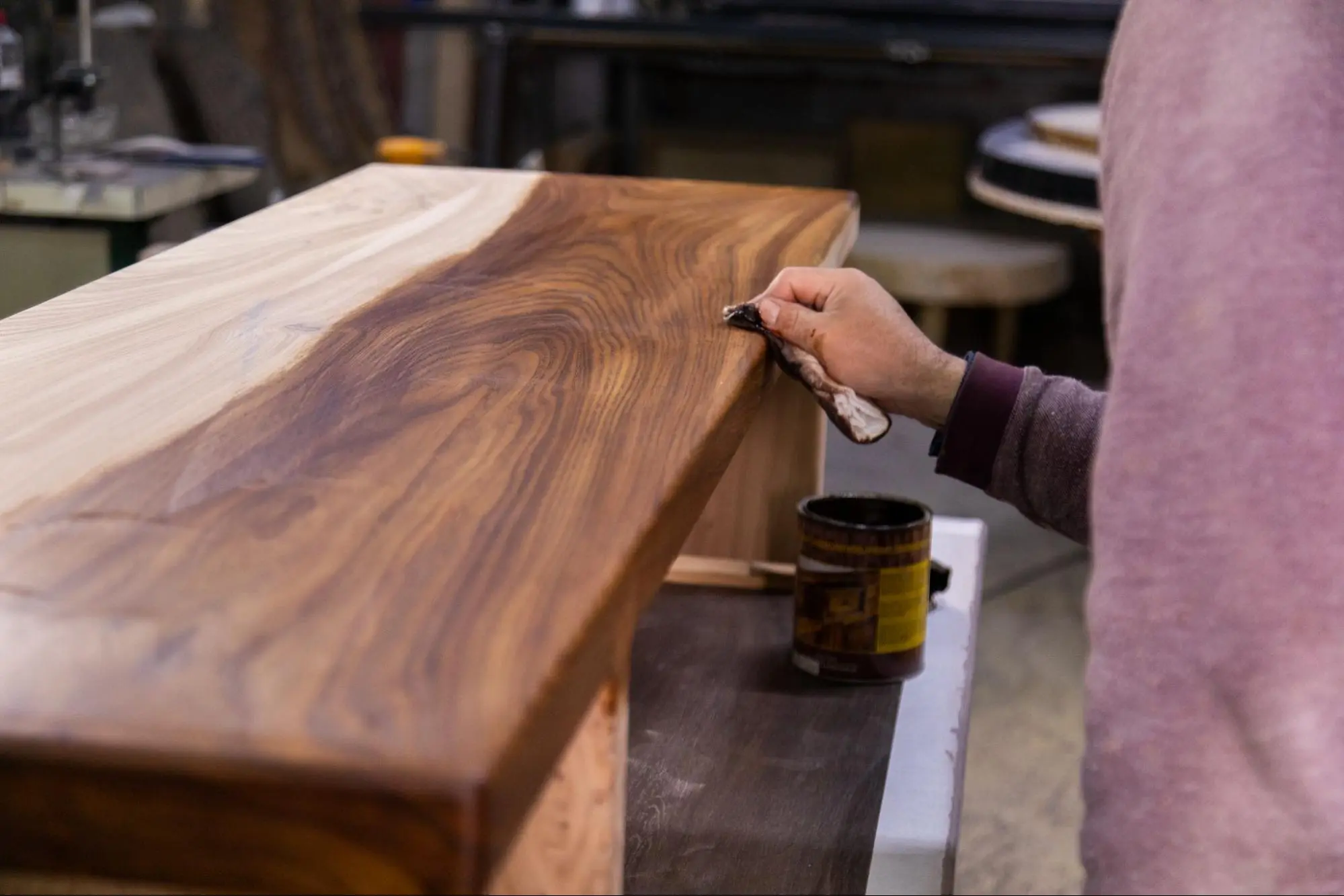
Warped wood can be a frustrating problem for any DIY enthusiast or homeowner. Understanding how to fix warped wood effectively can save you time and money while restoring the beauty and function of your wooden items. Knowing the right techniques can turn your warped wood back into a usable state, whether it’s furniture, flooring, or crafting projects.
In this guide, you will discover various restoration methods tailored to address different types of warping. From moisture application to pressure techniques, you will learn how to assess the degree of warp and choose the best solution for your situation. With the proper knowledge and tools, you can tackle this challenge confidently.
No longer will you need to view warped wood as an unsolvable issue. You can restore your wood pieces, from flooring to antiques, to their former glory and enhance your skills.

Warped wood is a common issue that can affect the quality and appearance of your projects. To effectively manage this problem, it’s crucial to identify the different types of warping, understand their causes, and learn how to prevent them.
There are several types of warping you might encounter:
Identifying these types will help you determine the best restoration method.
Warping typically results from several factors, primarily related to moisture and the environment:
These factors can significantly impact the condition of your wood and should be monitored.
Preventing warping is essential for maintaining the integrity of your wood. Consider these strategies:
By implementing these strategies, you can help ensure your wood remains straight and true over time.

Restoring warped wood requires specific heat, moisture, and mechanical techniques. These approaches can effectively restore your wood to its original shape.
The sunlight method is a simple yet effective way to straighten warped wood. You start by placing the warped piece in direct sunlight for several hours. This exposure will cause the wood to expand and soften.
While the wood is warming up, perform a visual inspection to assess the degree of warping. Ensure you frequently check on the board’s progress. To enhance the effect, dampen a towel and lay it across the concave side of the wood.
After a few hours, use clamps to hold the wood in place as it cools down. This combination of heat and pressure can help reshape the wood significantly.
The moisture and steam approach is effective for more stubborn warps. Begin by laying the warped wood flat on a sturdy surface. Spray the concave side with water, ensuring the wood absorbs moisture evenly.
Next, cover the wood with a wet towel. You can heat an iron and carefully move it over the towel to create steam. Be cautious not to directly touch the wood with the iron, as excess heat can cause damage.
After applying steam for about 10 minutes, let the wood sit under pressure using clamps to help it maintain its new shape as it cools down. This method is excellent for novice woodworkers looking for an effective solution.
Another option is to use the heat method. Start by using a heat gun on a low setting. Hold the gun at least six inches away from the wood to avoid burning it. Move it back and forth across the warped area, heating it gradually.
Once the wood feels warm, take a jack plane and gently shave down any high spots. This can help create a flat surface. Afterward, let the wood cool while being held down by clamps for about 30 minutes.
This technique needs careful monitoring to avoid overheating. It can be handy for sections of wood that are not too severely warped.
Mechanical correction uses physical methods to restore warped wood. Start by removing any nails or screws that may be in the way. Use a wood chisel to clean the edges if necessary.
Apply pressure to the warped area. You can use clamps or pressure by placing a weight on top. Be sure to support the entire length of the wood for even adjustments.
Sometimes, sanding will be needed to smoothen any rough edges once the wood has been straightened. After achieving a good shape, consider applying a sealant to protect the wood from future warping.
Restoring warped wood can be straightforward if you follow the proper steps. Start by assessing the type and severity of the warp. Knowing the best method for your situation is crucial.
For professional help, consider Kaminskiy Care and Repair. We provide wood restoration and flooring services and expert guidance. This can save you time and ensure quality results. Contact us today
To fix warped wood furniture, first, identify the concave side of the warp. Apply moisture to that side using a damp cloth or steam. You can also place weight on the high side to encourage it to flatten out over time.
You can prevent wood from warping by maintaining a stable environment with controlled humidity. Use air conditioning or dehumidifiers in humid areas. Properly seal the wood with finishes to protect it from moisture.
Effective methods for straightening warped wood include moistening the concave side, using weights, or employing heat with a steam iron. Each technique helps to relax the fibers, allowing the wood to return to its original shape.
The duration of flattening warped wood varies depending on the method used. Moisture methods may take several hours to overnight, while weight applications may take a day or more. Regular checks can help you monitor progress.